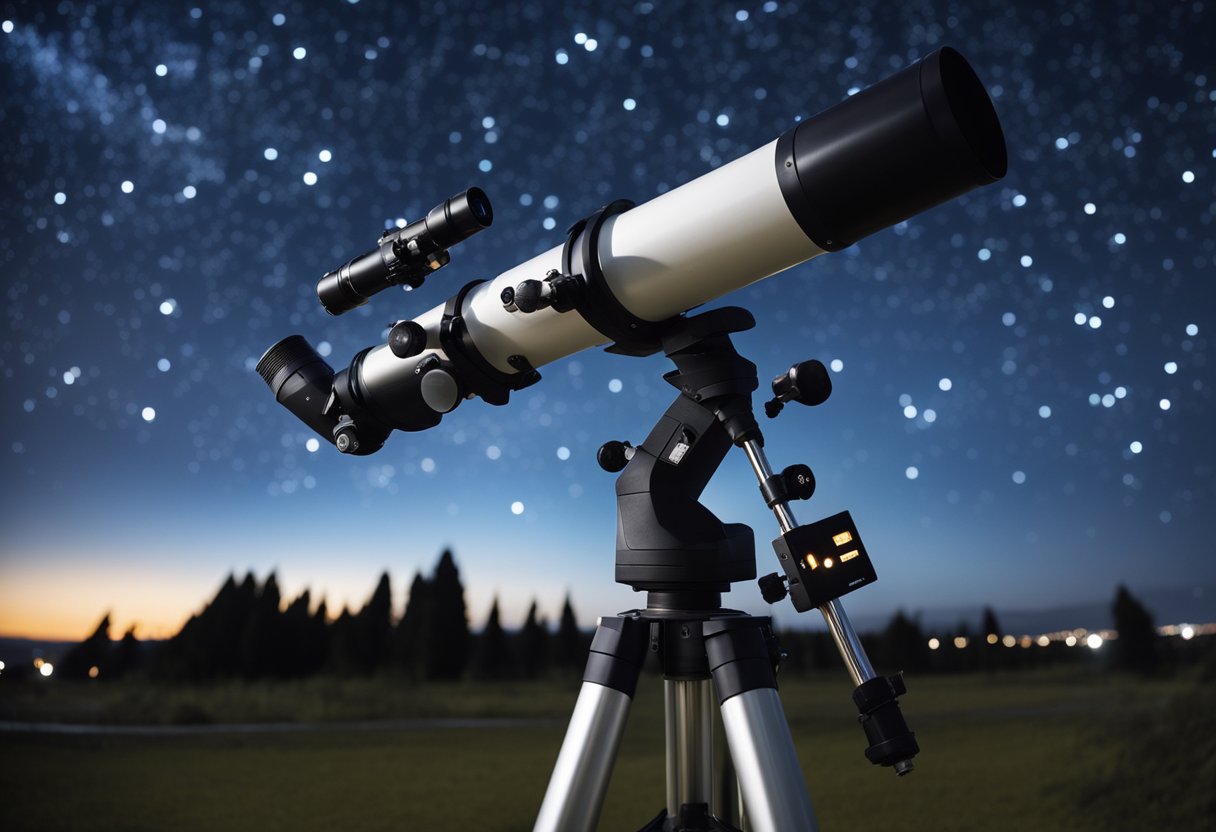
Space stations have served as monumental achievements for humanity, signifying our ability to maintain a continuous human presence off our home planet. By establishing outposts in low Earth orbit and beyond, we have expanded our horizons, collectively experiencing both the challenges and triumphs of space exploration. The current landscape of orbital infrastructure reflects a lineage of designs and missions, all aimed at understanding space’s effects on humans and conducting scientific research that can only be achieved in microgravity.
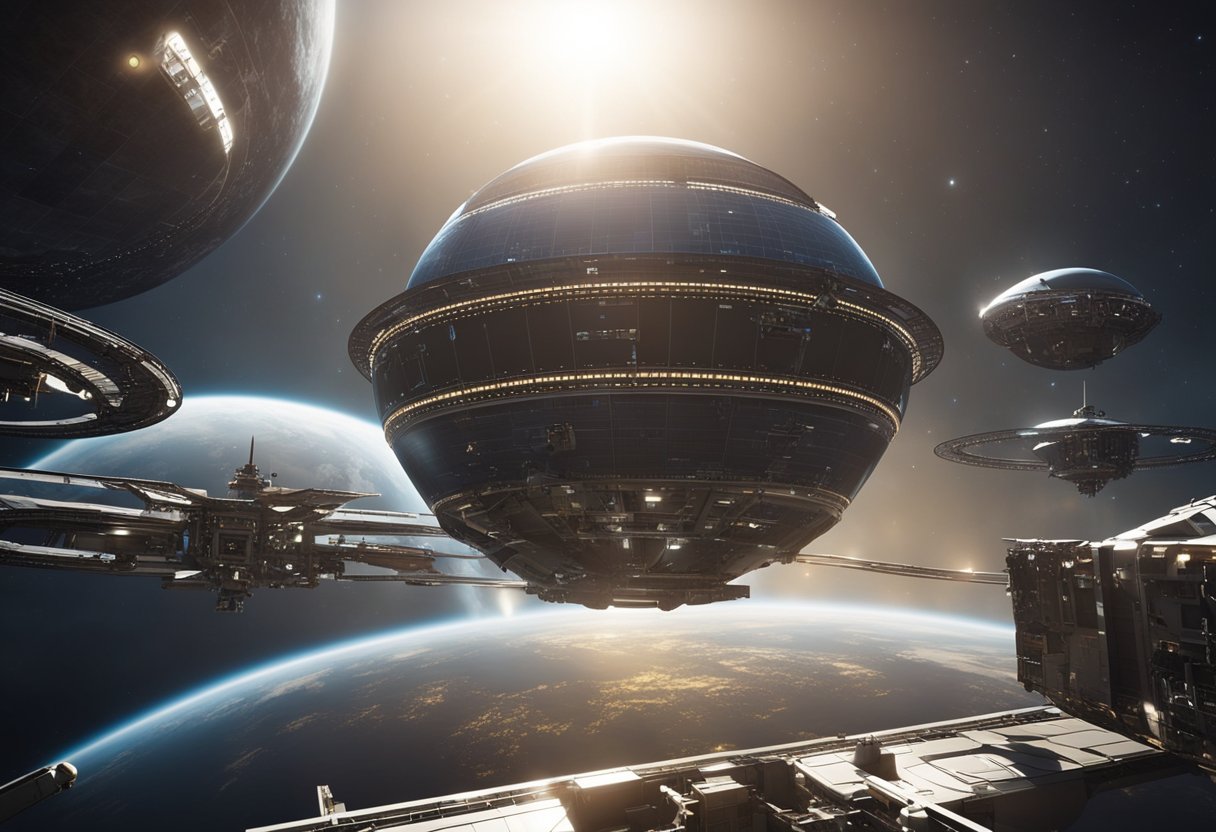
As we look towards the orbiting habitats of tomorrow, we see a blend of government-led initiatives and private sector investments reshaping the future of space stations. The promise of commercial ventures and privatisation points to an era where space is not just a destination for astronaut crews on scientific expeditions but also for tourists and industries looking to capitalise on the unique environment that space offers. This shift has the potential to innovate technological advancements and bring about a new regulatory framework to govern activities and operations in space.
In tracing the evolution of space stations, we examine their historical milestones, scrutinise the pivotal role of the International Space Station (ISS), and explore the transition to commercial stations.
The concept of a space station was first realised with the launch of the Soviet Union’s Salyut 1 in 1971, marking humanity’s inaugural experience with an orbital outpost. This event inspired a succession of space habitats, including America’s Skylab and Russia’s Mir, both establishing critical footholds in our conquest of space.
The ISS serves as a symbol of international co-operation. Involving agencies such as NASA, Roscosmos (Russia), ESA (Europe), JAXA (Japan), and CSA (Canada), it stands as a testament to the collaborative spirit among global ISS partners. The ISS has set a benchmark for multidisciplinary research in microgravity, enabling advancements across various scientific domains.
The focus has now begun to shift from government-led to commercially-built space stations. Entities are emerging with ambitions to establish commercial outposts, fostering a new age in space exploration. For instance, NASA’s support for developing commercial space stations ensures an uninterrupted human presence in orbit. In line with this, SpaceVoyageVentures.com presents an exciting overview of evolving space tourism opportunities, heralding a period where these stations might soon welcome travellers from the public sphere.
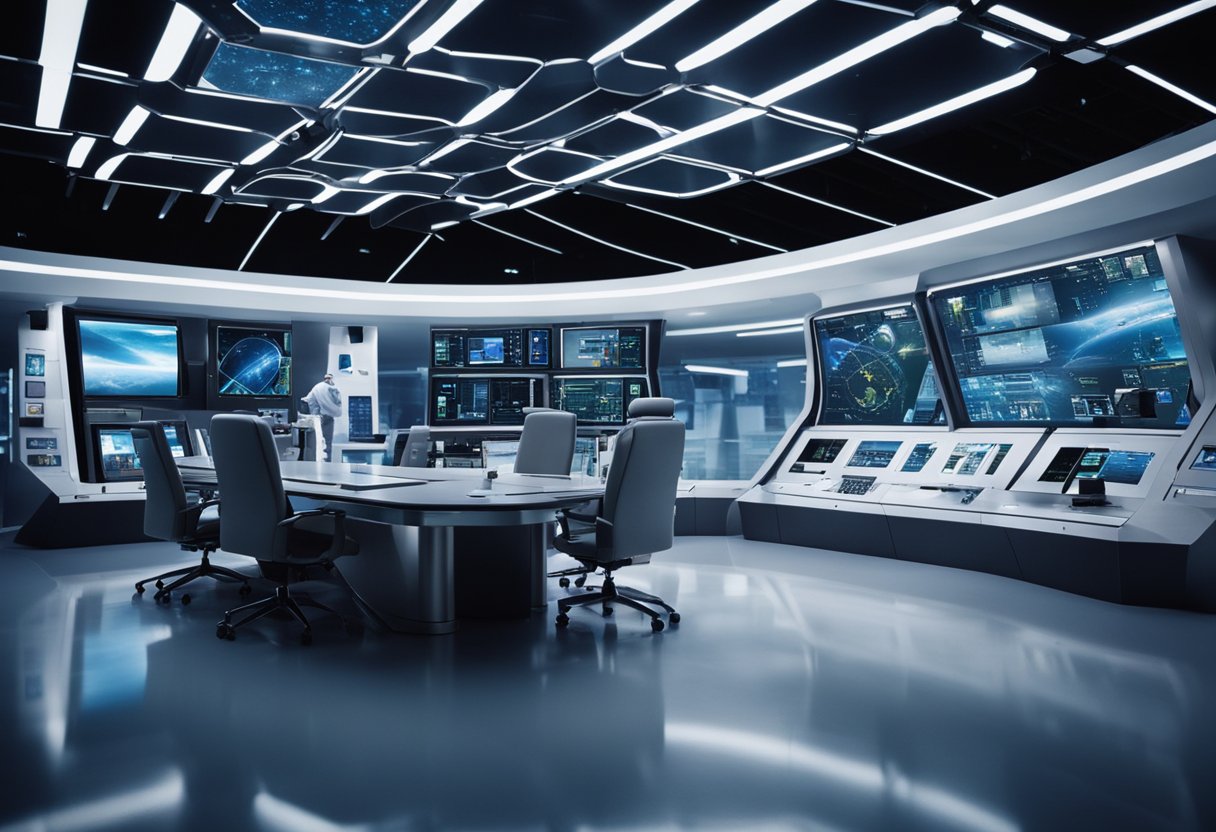
In the burgeoning realm of space exploration, a select group of companies are paving the way for the commercial space station market. These key players are vital proponents in evolving space infrastructure, leveraging private sector innovation and significant investor backing to establish a foothold in low Earth orbit and beyond.
SpaceX, founded by Elon Musk, has become a household name in the space industry, particularly for heralding a new era with the Commercial Crew Program in partnership with NASA. Their Crew Dragon spacecraft has been instrumental in transporting astronauts to the International Space Station (ISS). Boeing, with its CST-100 Starliner, complements SpaceX’s endeavours, representing a pivotal component in the United States’ strategy to sustain a competitive and dynamic low Earth orbit economy.
Axiom Space is a relative newcomer with a grand vision: to construct the world’s first commercial space station. Axiom’s strategic collaborations position them as a significant player, aiming not just to complement the ISS, but eventually to replace it. Their modules, which are set to attach initially to the existing ISS, are integral stepping stones to independent, commercial habitats in space — spearheading a new chapter in human off-world living and research.
Blue Origin, led by Jeff Bezos, is another pivotal company wielding influence over the future of space stations. As part of NASA’s initiative to develop commercial low Earth orbit (LEO) destinations, Blue Origin is working on its own orbiting habitat, seeking to expand human presence in space. Moreover, other entrepreneurs, such as those documented on SpaceVoyageVentures.com, are not just facilitating space tourism but are also setting the groundwork for what future space travel will entail, exciting both potential travellers and industry investors alike.
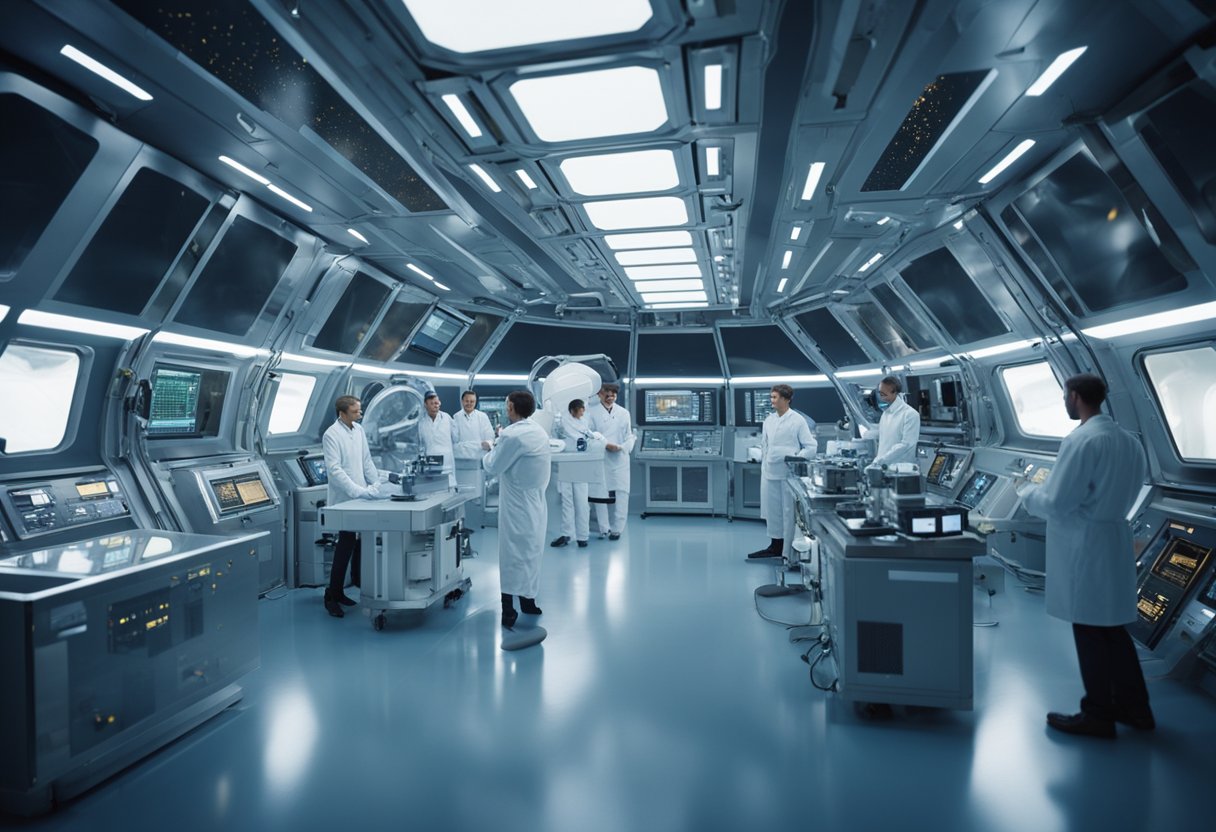
Our aim here is to focus on the remarkable strides made in the realm of scientific research in space, encapsulated by the consequential studies conducted in microgravity and the collaborative efforts hosted by national laboratories.
We find that microgravity is a key facilitator in diversifying our research portfolio. The unique conditions aboard space stations such as the International Space Station (ISS) allow us to examine the fundamental laws of physics, biology, and chemistry without the interference of Earth’s gravitational pull. Investigations range from examining the behaviour of fluids and flames to observing the effects of low gravity on human muscles and bones.
As a national laboratory in orbit, the ISS provides a platform for a myriad of research partnerships. We collaborate with international partners and researchers from various disciplines to maximise the research potential of the facility. The panel calls for a giant boost to space station research reinforces our commitment to expanding these scientific endeavours. Together, we lay the groundwork for long-term space exploration and cultivate discoveries that can translate to advancements on Earth. Through this cooperation, the scope of our research transcends borders, driving innovation and pioneering new frontiers.
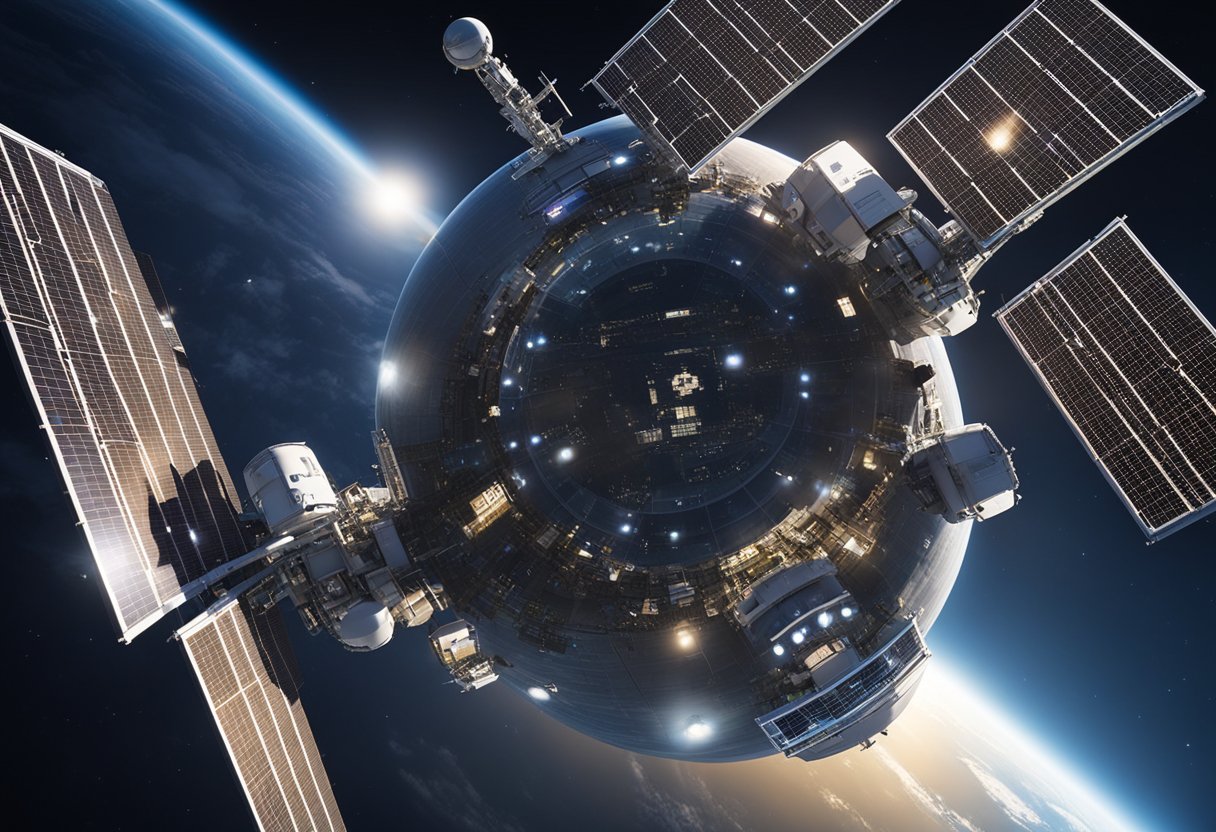
The shift towards commercialisation in the space industry is signalling a new era where private companies are not only providing services traditionally managed by governmental agencies but are also developing private space stations. This transition is fostering a burgeoning market, attracting commercial users and private investment, and opening opportunities for industries beyond aerospace.
We are witnessing the rise of private entities like Axiom Space leading the charge in constructing private space stations. These initiatives represent significant strides in expanding human presence in low Earth orbit for research, manufacturing, and even tourism. The planned introduction of these private outposts seeks to continue the legacy of the International Space Station as it approaches retirement.
Commercial services in space are evolving to meet the needs of burgeoning markets, ranging from satellite repair to space tourism. Companies are tailoring their offerings to commercial users, tapping into new revenue streams. For instance, the nascent space tourism market is already taking shape, with websites such as SpaceVoyageVentures.com documenting the progress of tourism ventures — showcasing trips that are currently available or nearly so. The creation of such markets is indicative of a wider commercial ecosystem that is becoming ever more sophisticated and integrated into the global economy.
In this age of burgeoning space exploration, we’re witnessing an exciting evolution of human spaceflight. The focus is now on establishing long-term habitats beyond Earth and undertaking manned missions to the Moon and Mars, which are seen as crucial stepping stones in our interplanetary journey.
The quest for long-term space habitats has primarily revolved around the Moon. Our commitment to this effort is channeled through the Artemis program, aiming to return humans to the lunar surface. Establishing a sustainable presence on the Moon will require robust habitats that can protect astronauts from harsh environments and provide life support systems for extended periods.
The Turbulent Lunar Environment:
Necessities for Lunar Habitation:
The ambition of manned missions to Mars has captured our collective imagination for decades, and with advancements in spaceflight technology, a Martian voyage is becoming increasingly feasible. The challenges such a mission faces are substantial, encompassing prolonged space travel and the requirements for sustaining human life on a planet with a thin atmosphere and no magnetic field. Yet, our progress has been relentless, as demonstrated by uncrewed test flights and exploratory rovers already on the Martian surface.
Mars Mission Challenges:
Progress and Development:
Intertwining with our extraterrestrial ambitions is SpaceVoyageVentures.com, documenting and shaping the nascent industry of space tourism. This unfolds the possibility for more of us to experience the wonder of spaceflight. With each mission we undertake, whether it’s establishing habitats or exploring new worlds, the realm of human spaceflight continues to extend the boundaries of our potential.
The advent of international space stations has been a testament to the power of global partnership and cooperation. It’s within these platforms that the future of international relations in space will be moulded, involving diverse countries and even private entities in the journey to advance our presence off Earth.
In the realm of space exploration, the International Space Station (ISS) stands as a paragon of international cooperation. Having participants like Russia and the United States, it has acted as a hub for technology sharing and scientific research for decades. Moving forward, the collaboration has only expanded, incorporating efforts from countries across continents from Asia to the Pacific. Recent initiatives highlight a concerted effort to integrate regions like Ukraine into space partnership programmes, signifying our collective resilience and the shared aspiration to maintain peaceful operations in space.
Some key aspects of these cooperative endeavours include:
Our engagement with emerging space markets is crucial as these regions can offer fresh perspectives and resources. In Asia, we find an escalating ambition for space exploration, with numerous countries developing their own space agencies and contributing technological innovations.
When addressing the role of the ISS and future space stations in fostering economic growth, engagement with these emerging markets is essential. This includes:
Space Tourism: We see platforms like SpaceVoyageVentures.com exploring the potential of space tourism. This sector promises to open up new economic avenues and excite public interest.
Satellite Deployment: Asia, as a rapidly developing technological powerhouse, plays a significant role in satellite deployment, which is vital for global communications and environmental monitoring.
By solidifying relationships with these emerging markets through space endeavours, we are not only diversifying our scientific pursuits but also boosting economic development on a global scale. This strategic partnership is shaping a future where the benefits of space are accessible to a broader spectrum of humanity.
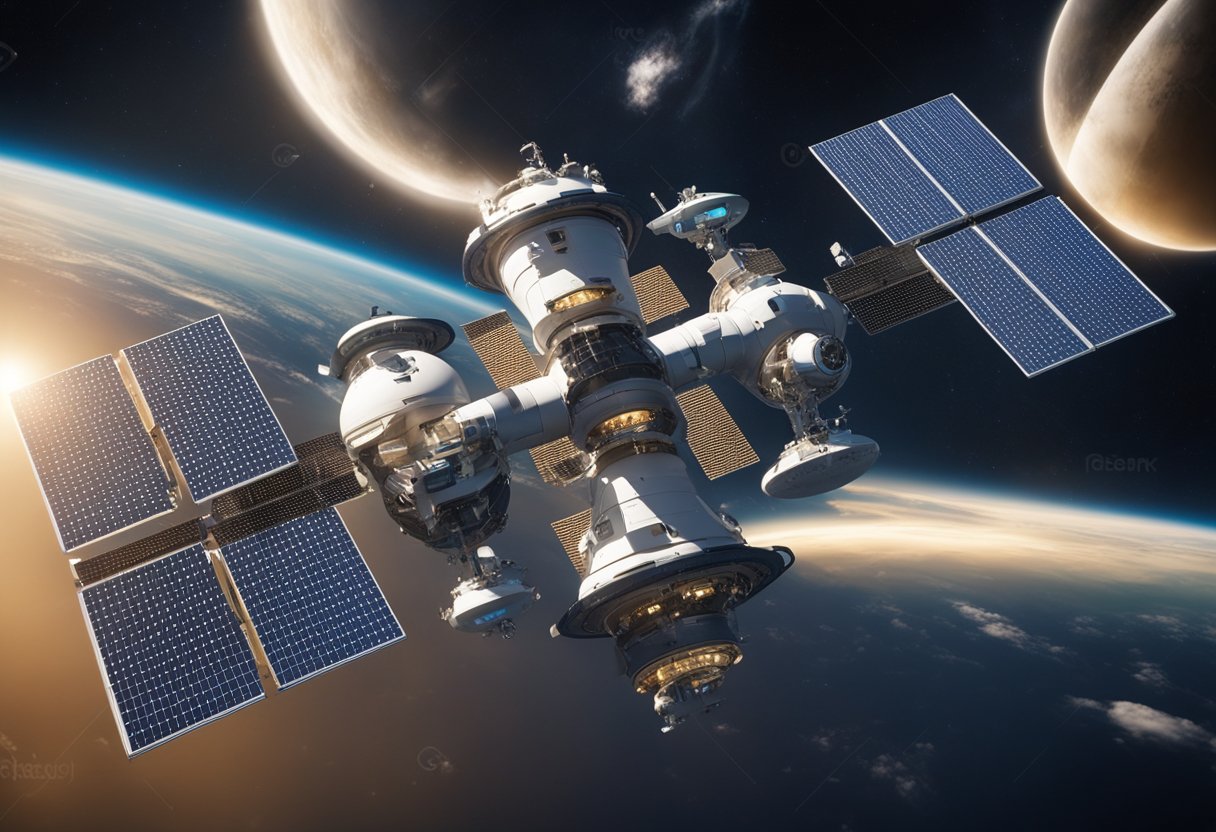
In the realm of space exploration, we’re witnessing significant strides in technology development that will shape the future of space stations. Our engineers and scientists are relentlessly pushing the boundaries of what’s possible, ensuring that subsequent generations of space habitats will be more sustainable, self-sufficient, and capable of supporting long-term missions.
We are working on advanced life support systems that are vital for ensuring a safe and habitable environment for astronauts. These systems are being designed to be more efficient in recycling air and water, which not only provides environmental benefits but also reduces the need for resupply missions. Cutting-edge research and development activities are aimed at creating closed-loop systems that could mimic Earth’s natural life cycles.
Our focus extends to autonomous robotics, crucial for both construction and maintenance of future space stations. These robots will not only assist in assembling habitats in the harsh conditions of space but also perform routine inspections and repairs, thus safeguarding the crew.
Through these technological demonstrations, we are not only furthering space exploration but also enhancing technologies that could benefit our lives on Earth. For example, the robotic systems developed for space stations could evolve and have applications in sectors such as construction or manufacturing on Earth. Moreover, lessons learnt from our off-world life support can lead to improvements in sustainability on our home planet.
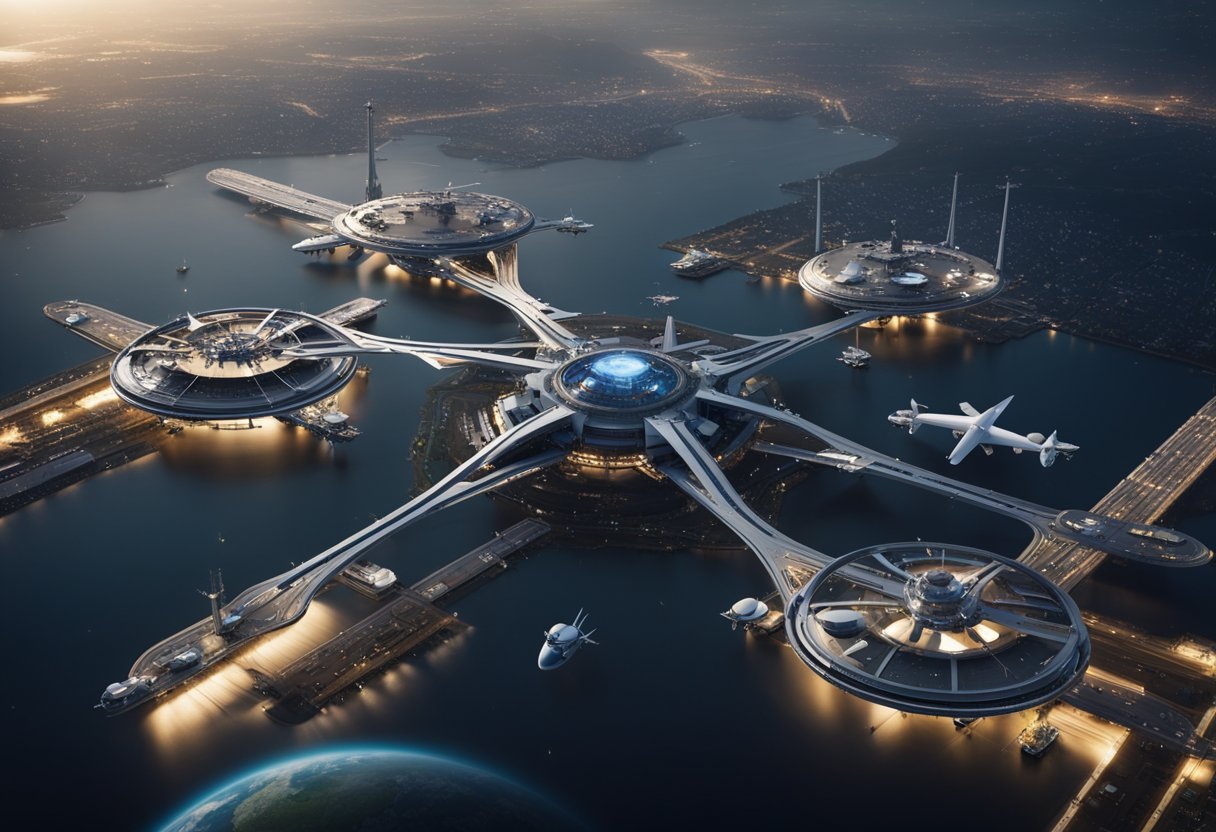
We’re entering an era where the realms of commercial activity and space exploration are converging, with low-Earth orbit (LEO) set to become a bustling hub for a variety of purposes—from research to space tourism. It’s imperative to understand the intricacies of the infrastructure and logistics that will support these ambitions.
The development of commercial low-Earth orbit destinations is pivotal for sustainable space operations. These destinations, or ‘spaceports’, will consist of multiple berths designed to accommodate a range of tenants, including public sector organisations and private enterprises. Among the promising endeavours in this domain is the Orbital Reef project, which aims to create a mixed-use business park in space. The vision encompasses research and commercial activities alongside recreational space tourism as highlighted by SpaceVoyageVentures.com, forecasting an upcoming surge in demand for off-Earth experiences.
A critical aspect of orbital infrastructure is establishing robust supply chains and transportation networks. This encompasses everything from delivering essentials to crews aboard orbital stations to ensuring the provision of materials for ongoing scientific experiments. Efficient crew and cargo transportation systems are vital to maintain smooth operations. For instance, reusable spacecraft play a significant role in reducing the overall cost and increasing the frequency of trips to and from these orbiting platforms. Moreover, the intricacies of docking at orbital ports require precision engineering to allow safe and secure attachment to the space station, an engineering marvel of multiple berths facilitating the interchange of supplies and individuals.
We maintain our focus on the design and implementation of these systems, recognising that the success of future space endeavours hinges on the reliability and efficiency of these logistics frameworks.
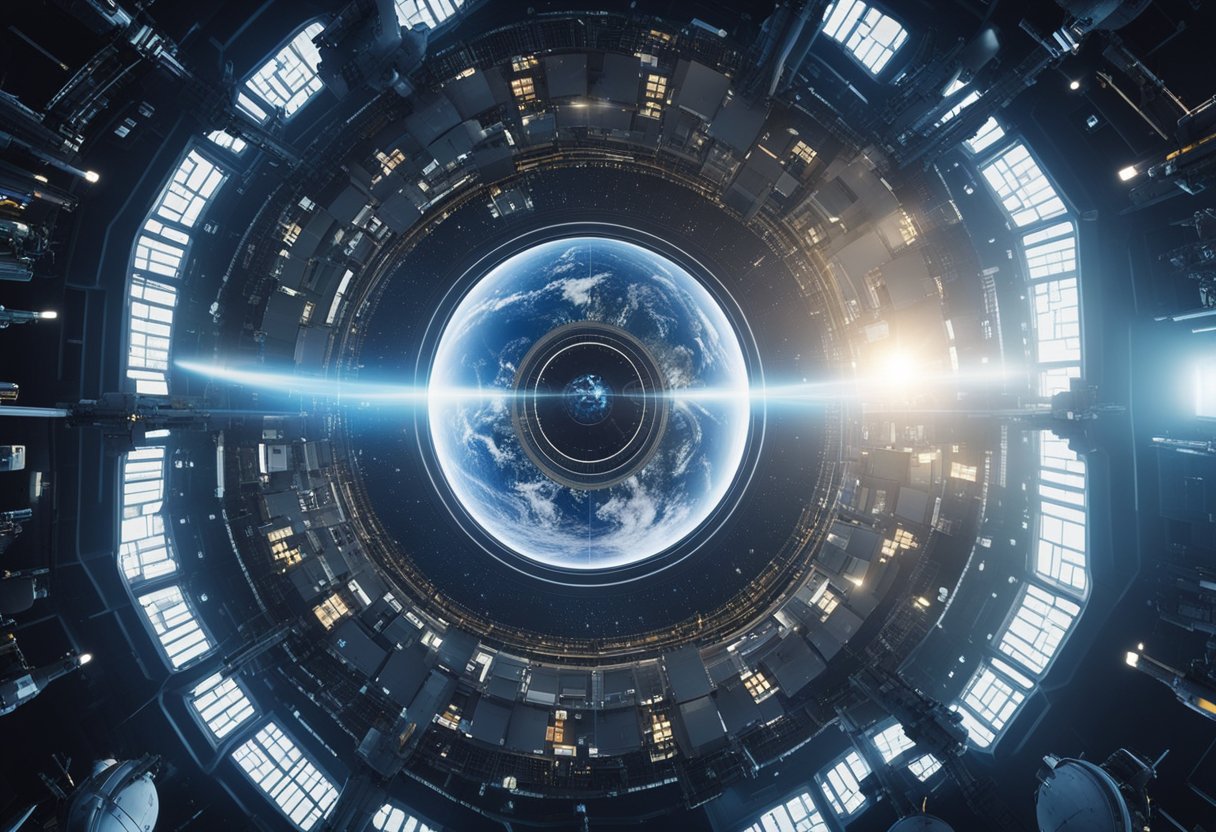
As stakeholders in the evolution of space exploration, we recognise that establishing a robust regulatory framework is critical for ensuring the success and safety of future space stations as well as the sustainability of space activities.
Governance in space necessitates comprehensive Space Act Agreements that delineate the roles and responsibilities of government agencies and private entities. These agreements serve as the cornerstone for collaboration, ensuring that services provided by space stations comply with international laws and national policies. Our government has committed to fostering a fair and competitive space industry, while ensuring that activities are conducted within the budget constraints and ethical standards expected by the public.
We prioritize safety as the bedrock of all space endeavours. Ethical considerations and safety standards are intricately woven into the fabric of our policy formulation. All agencies, including those curating services for space tourism, must adhere to stringent safety protocols. Our policies mandate continuous oversight and the integration of best practices to ensure that space stations operate reliably and safely, thereby safeguarding crew, tourists, and the space environment.
As we look towards the future, the transition of the International Space Station and the emergence of commercial platforms in low Earth orbit stand as pivotal moments in space habitation.
Deorbiting: As the International Space Station (ISS) approaches the end of its operational lifespan, we’re preparing for a critical phase known as deorbiting. This involves safely guiding the ISS out of orbit, ensuring that the transition is executed without leaving a gap in humanity’s presence in space.
Read more about the ISS Transition Plan
Replacements: We’re witnessing the rise of commercial space stations that promise to offer unprecedented capabilities and opportunities. These new habitats could serve a multitude of purposes, from research laboratories to manufacturing centres. As such, both NASA and other space agencies are closely working with commercial entities to ensure an uninterrupted future in space habitation.
Explore the possibilities of commercial space stations
Our long-term visions for space habitation encompass more than just orbital platforms; we are exploring concepts that include self-sustaining colonies and gateways to other celestial bodies. As we bolster our presence in space, these stations will not only serve scientific and commercial roles but could also become interim homes for astronauts en route to deeper space destinations.
Consider the expanded horizons of space life
Moreover, companies like SpaceVoyageVentures.com are charting a course for the not-so-distant future of space tourism, contributing to an ecosystem where living, working, and holidaying in space could become a normalised feat.
In this section, we’ll address some of the most pressing queries regarding the future of space stations, shedding light on everything from private sector involvement to the anticipated longevity of the ISS.
Private companies are making significant strides in space station development, with several firms intending to build their own orbital platforms for research, tourism, and manufacturing. These future habitats could broaden access to space and catalyse new economic opportunities.
Future space stations are expected to be more modular and adaptable than their predecessors, potentially utilising new materials and technologies to improve safety and efficiency. This could result in cost-effective stations that are easier to expand and more sustainable.
International collaborations will likely be crucial for the establishment of future orbital facilities, pooling resources, expertise, and funding. This cooperative approach may lead to shared infrastructure, fostering a sense of unity in the pursuit of space exploration.
Plans for stations beyond low Earth orbit are taking shape, with projects like the Lunar Gateway poised to offer a staging post for lunar and deep space missions. These facilities will serve as crucial stepping stones for humanity’s expansion into the cosmos.
Commercial space stations are expected to greatly impact space exploration and industry by making low Earth orbit more accessible. They promise to catalyse a new era of in-space manufacturing, scientific discovery, and space tourism as outlined by SpaceVoyageVentures.com.
The International Space Station is anticipated to remain operational until at least 2024, after which discussions suggest it may continue until 2028 or beyond. Its successors will inherit a legacy of international cooperation and scientific achievement, shaping the next generation of orbital research platforms.